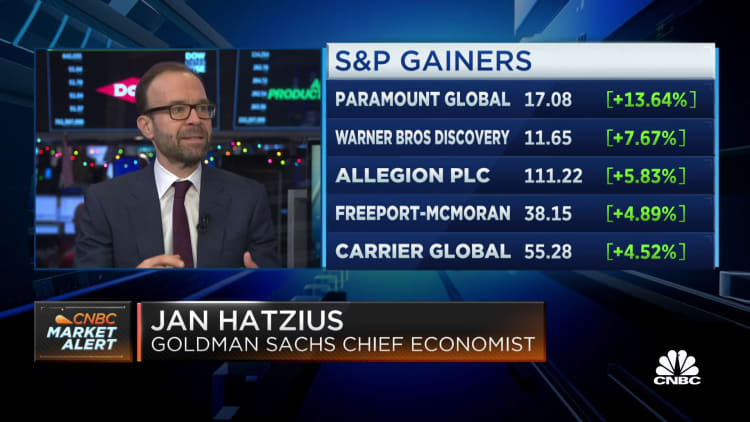On that front, there was another round of good news Friday: The University of Michigan’s closely watched consumer sentiment survey showed that inflation expectations, a key economic variable for prices, plummeted in December. Respondents put one-year inflation expectations at 3.1%, a stunning 1.4 percentage point drop.
However, such gauges can be “fluky” and are not in line with some other signals coming from consumers, said Liz Ann Sonders, chief investment strategist at Charles Schwab. Debates over soft landings and inflation expectations and interest rate outlooks tend to miss bigger points, Sonders added.
Prior to 2023, Sanders and Schwab had been stressing the notion of “rolling recessions,” meaning that contractions could hit certain sectors individually while not dragging down the economy as a whole. The distinction may still apply heading into 2024.
“The recession versus soft landing debate sort of misses the necessary nuances of this unique cycle,” Sonders said. “A best-case scenario is not so much a soft landing, because that ship has already sailed for [some] segments. It’s that we continue to roll through such that if and when services gets hit more than the brief ding so far and it takes the labor market with it, you’re already in stabilization or recovery mode in areas that already took their big hits.”
Getting to the soft landing, then, likely will require navigating some of those peaks and valleys, none more so than establishing confidence that inflation really has been vanquished and the Fed can take its foot off the brake. Inflation, according to the Fed’s preferred gauge, is running at 3.5% annually, well above the central bank’s 2% goal, though is consistently falling.
